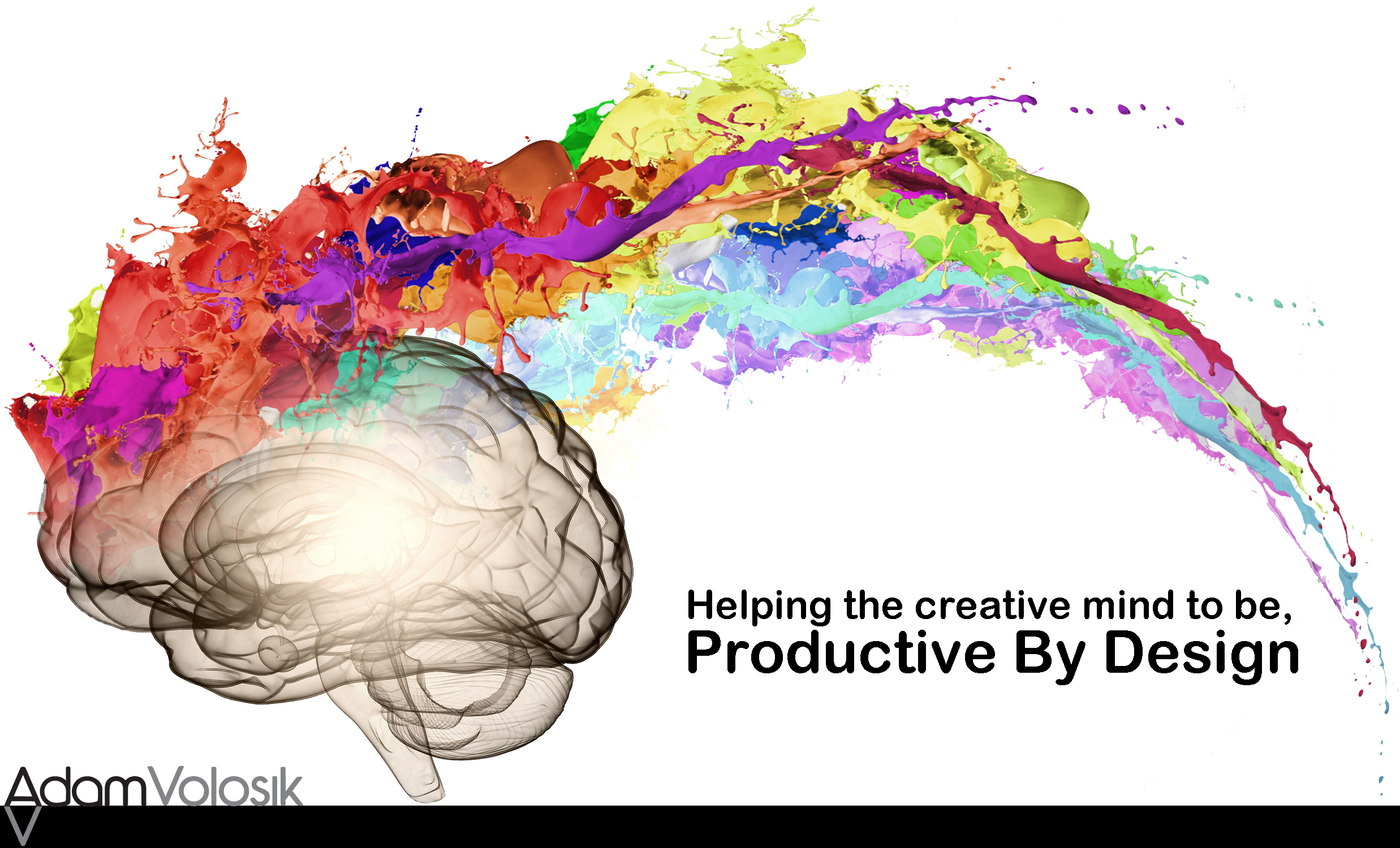First impressions set a tone between you and your client, make sure you’ve set a pace you can keep up with.
I just finished a 100 mile bike ride this weekend. It took a lot of prep work and planning for me to reach my goal of 100 miles. One of the biggest factors in achieving this goal was pacing. I deliberately paced myself at the start of the race. Near the end I had what felt like extra energy and I was able to finish strong. That feeling of finishing strong shouldn’t be underestimated.
I see people with an abundance of enthusiasm at the start of a project but they can’t carry that level through to the end of the project.
I’ve been guilty of doing this in the past. What I’ve found is if I set a pace on the job and maintain it I find all parties are feeling good about the project at the end.
Think about what a good pace will get you:
- Client involvement – If your pace is not strong and consistent the client’s interest may go elsewhere or worse they may lose confidence in you. In my experience that’s hard to overcome later down the road.
- Client referrals – Ending with a consistent effort on a job is a surefire way to leave the project with a happy client. And a happy client will be more likely to refer you new work.
- Consistent billing – Steady work on a project will keep the billing consistent. This is key for any small business or freelance worker. It allows you to plan and have a steady income.
Setting a pace to work at can be tricky and take a little time to figure out. But I think it’s a critical part of being successful in the design world.
Let’s talk more about this on Twitter.



